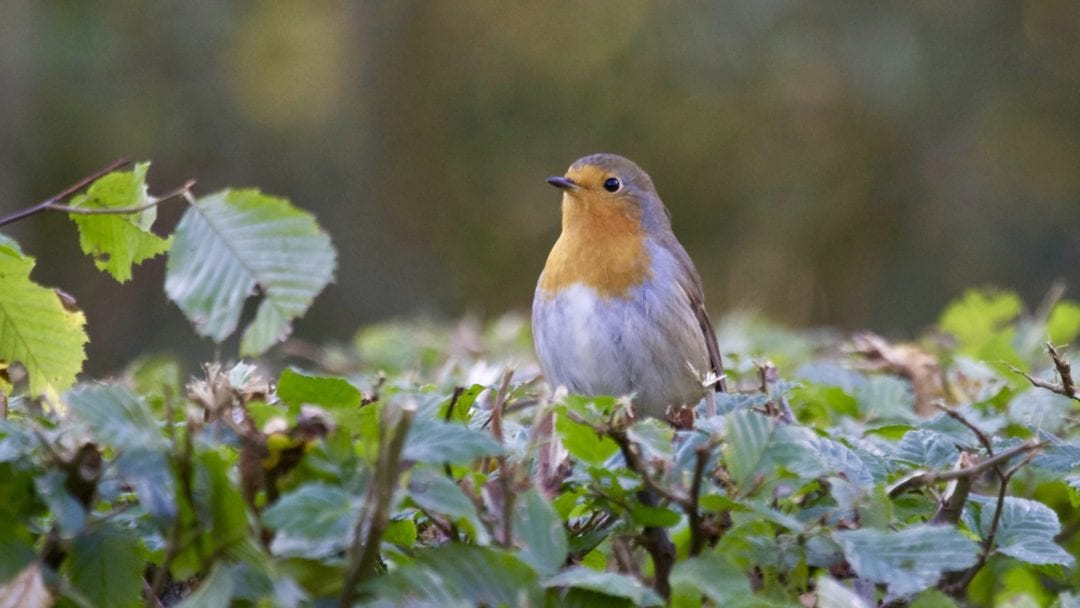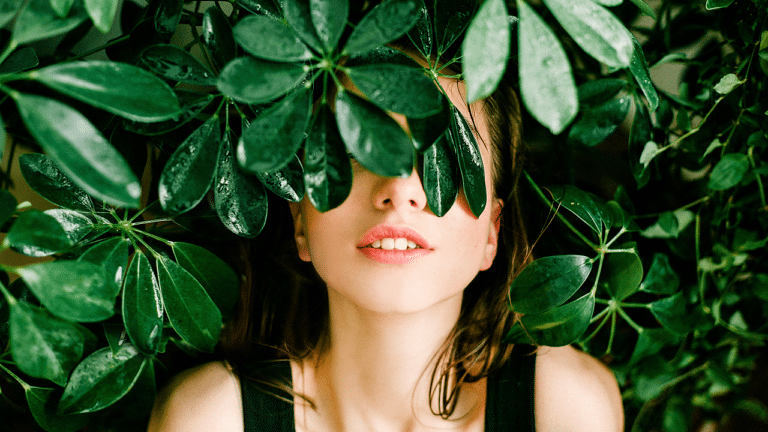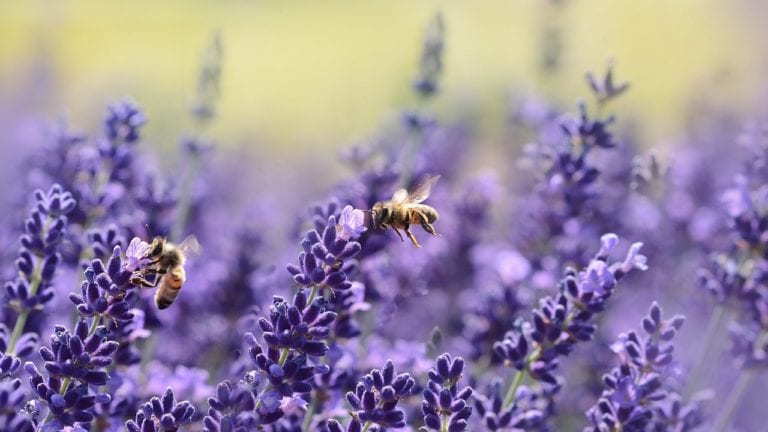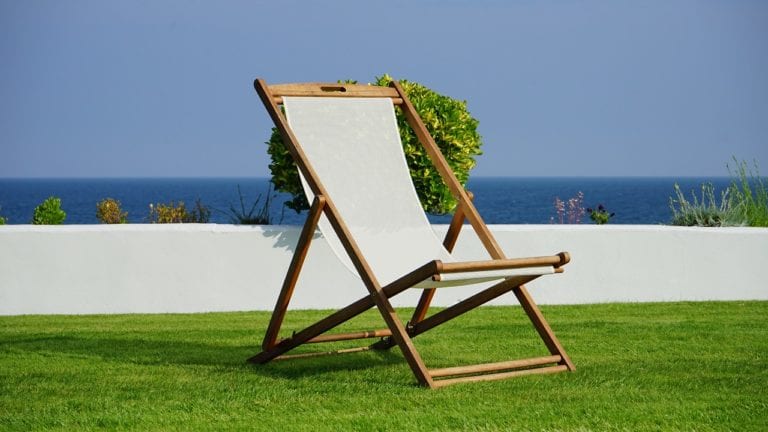With the winter months coming to an end, you’ve probably noticed more activity in the sky. As the cold weather passes our feathered friends start making more regular appearances. But, is having them land in your garden harder than you thought?
Having an artificial lawn doesn’t mean you can’t still encourage birds into your back garden! Accommodating the changing requirements – of both resident and seasonal visitors – can meet the needs of your garden birds all year round and will make for a busy garden full of wildlife.
Feeding your flock
The quickest and easiest way to attract birds to your garden is by providing food and water.
Autumn & Winter
During the winter, provide foodstuffs with a high fat content, such as fat balls and suet, to supplement the birds’ diet and help them survive the cold weather. Try putting food and water out in the morning and early afternoon. If you find a good routine, stick to it! Your winged visitors will become familiar with the pattern and know when to drop by for a snack.
Spring & Summer
Birds require high-protein foods, and during the Spring breeding season, extra food on your bird table can make a big difference to the survival of the young. Avoid using peanuts, dry hard foods, fat and bread at this time, since these can be harmful if adult birds feed them to their nestlings.
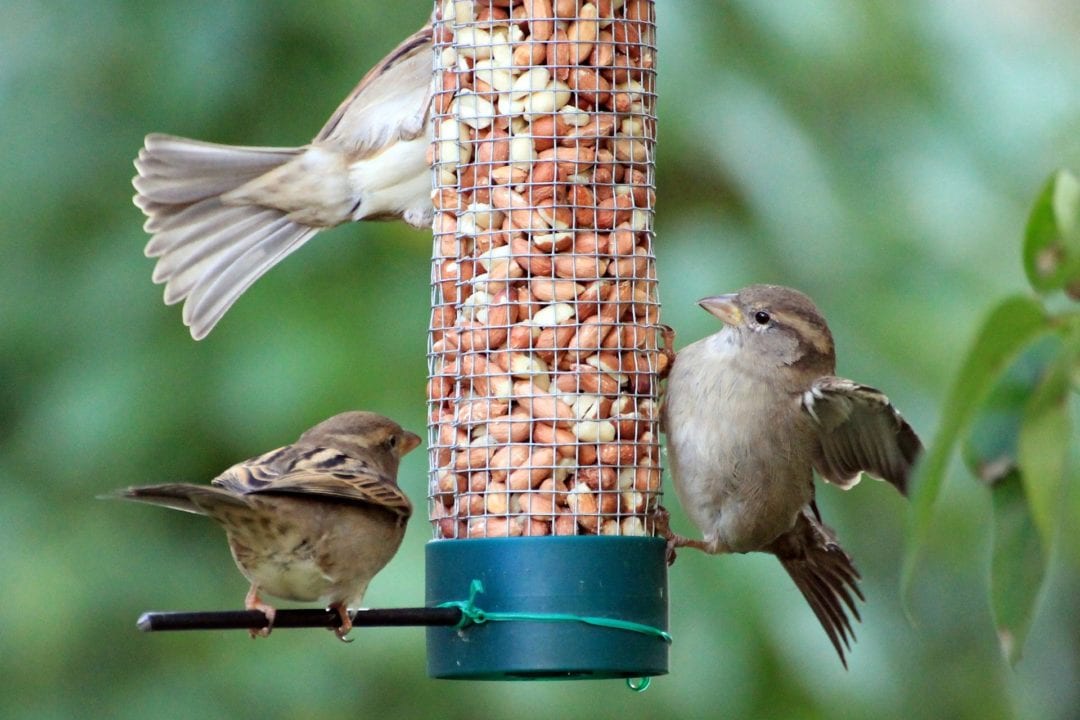
What’s on the menu?
Birds can be picky eaters, and to specify which birds to attract to your garden, you need to choose the right food. Common garden birds include starlings, house sparrows, blackbirds, blue tits, great tits, robins, goldfinches and collared doves.
Seeds
Pinhead oatmeal is the finely chopped, most nutritious inner part of the oat. It is excellent for most birds, and can easily be added to ready mixed bird food. Seed mixtures now come in a vast range, of differing content and quality. Look for mixes which contain plenty of flaked maize, sunflower seeds, and peanut granules.
Common smaller seeds, such as millet, will attract mostly house sparrows, finches, and collared doves. Whilst wheat and barley grains which are often included in seed mixtures, are only really suitable for pigeons and doves. Avoid seed mixtures containing split peas, beans, dried rice or lentils, as again only large birds like pigeons can eat these.
Delicate Nyjer Seeds need a special type of bird feeder because they are so small. However, they are particular favourites with tits, goldfinches and nuthatches, due to their high oil content. They’ve even been known to attract great spotted woodpeckers, so they’re a good choice to create a bit of variety in the birds visiting your garden.
Avoid buying anything coated with salt, sugar or added flavourings as these can in-fact be quite toxic to more than just birds.
Insect eaters
Buggy nibbles and mealworms will certainly please robins, blackbirds, song thrushes, tits, pied wagtails and chaffinches who feed on the ground. Though it is vital that mealworms are fresh, to avoid potential salmonella poisoning.
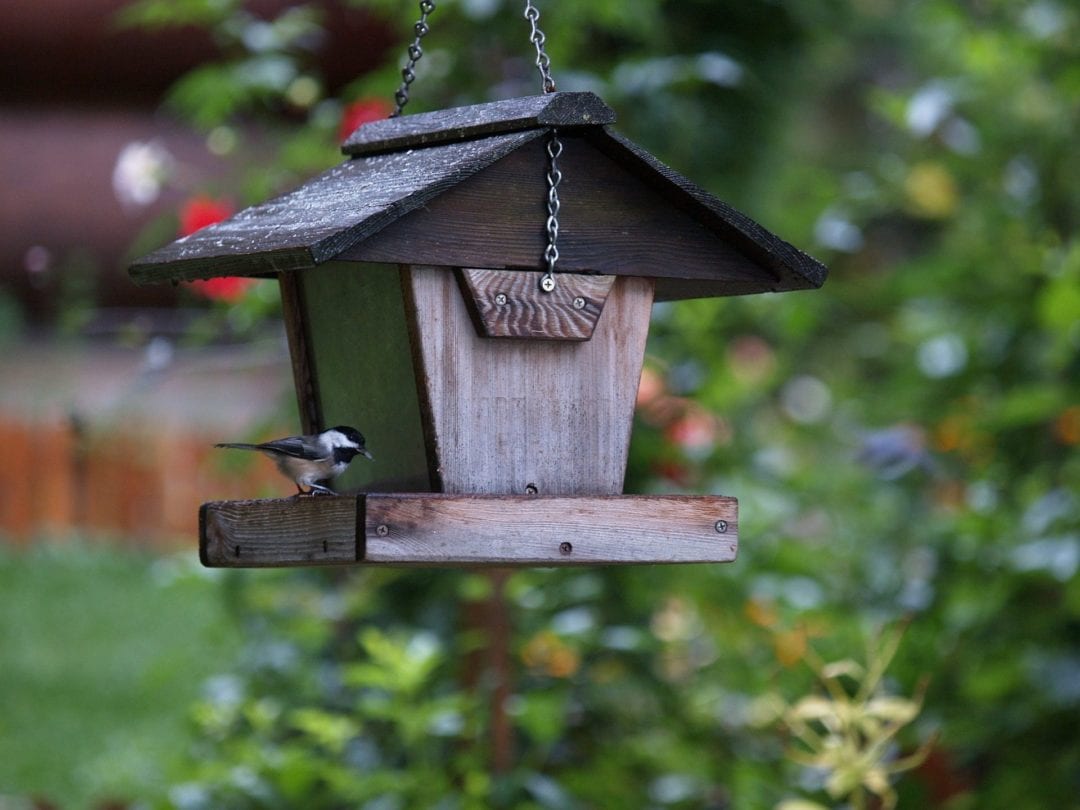
Home sweet home
Reduce the opportunities for predators like cats and sparrowhawks by placing feeders where the birds can spot danger easily. Place feeders away from your house to minimise the risk of birds colliding with windows, and reduce the chance of movement inside the house frightening them away!
Densely covered hedges can provide a permanent residence for some small birds. Surround your artificial lawn with shrubs, hedges and larger bushes, and say hello to wildlife thriving in your own garden.
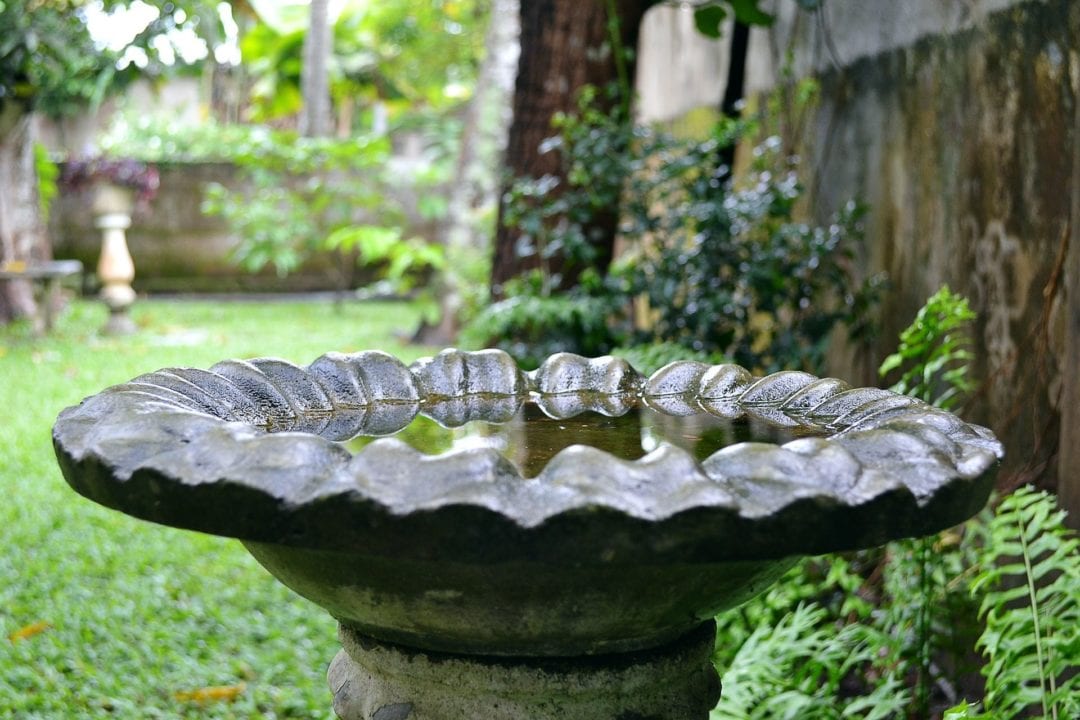
Cleaning time
Help your visitors stay clean and refreshed by providing a bird bath for them to have a drink, or a dip! Place it on your lawn, and watch them splash away. Water drains easily through artificial grass so it won’t matter if the birds get carried away. If you choose a heavy, classic stone bath, you may need to move it occasionally to brush the grass fibres underneath to prevent the grass from flattening too much.
Place the bird bath away from your bird table and feeders to avoid fouling in the area. Any shallow container can be used so why not get creative with a bit of upcycling.
Provide some feature flowers
Growing a wide variety of plants can encourage insects to thrive, great for your garden pollination, and a tasty treat for the birds.
Growing climbers against garden walls will also provide brilliant shelter, as well as roosting and breeding sites for birds.
What birds visit your garden?
The RSPB hosts the Big Garden Birdwatch every year to encourage homeowners to spend one, two or three designated days monitoring which birds visit the gardens within the UK. It helps them keep track of the increase or decrease of feathered friends within the area. You can join in every year to help their studies by receiving their form here.
From the 2018 surveys, the results are as followed throughout the UK;
#10 – Chaffinch: 321,629
#9 – Long-Tailed Tit: 327,602
#8 – Robin: 330,204
#7 – Great Tit: 357,273
#6 – Goldfinch: 431,147
#5 – Woodpigeon: 501,466
#4 – Blackbird: 568,233
#3 – Blue Tit: 622,276
#2 – Starling: 724,060
#1 – House Sparrow: 1,034,239
Worried about wildlife?
If you’re considering artificial grass but you want to make sure you’re still able to attract birds to your garden, why not talk to us about combining a Trulawn with borders, or installing around existing trees and shrubs.
